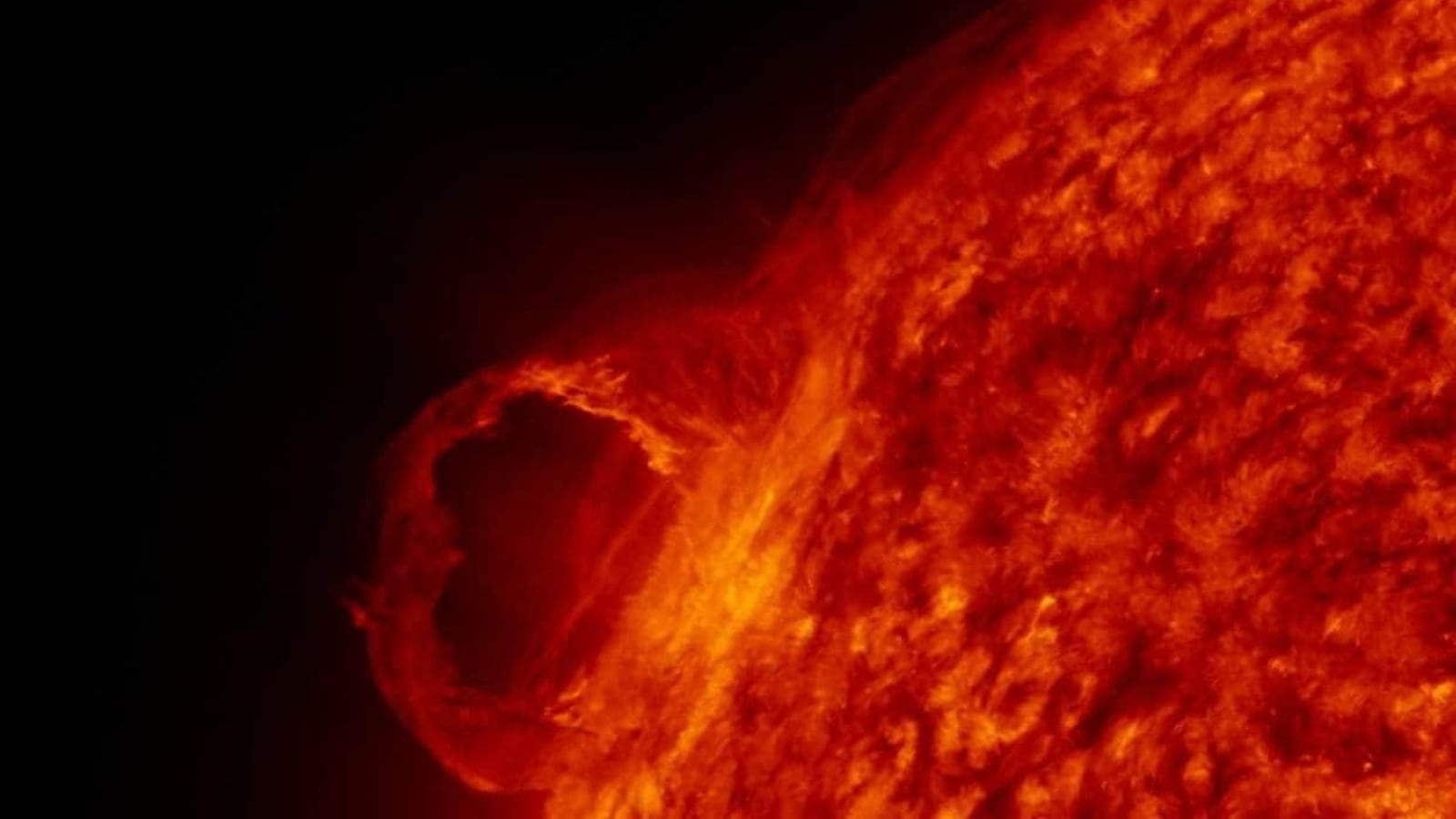Massive Solar Storms predicted to hit Earth today; danger for many electronic equipments
According to reports, solar storms will be dominating the Earth today and these may continue through this weekend as a result of multiple coronal mass ejections (CME) that are directed towards our planet. These are dangerous to electronic equipments and disruptions are expected.
The Earth is going to be the hotspot for solar storms today and these may continue over the weekend, according to reports. Yesterday, it was reported that the Earth will be struck with a full-halo coronal mass ejection (CME) sometime today, July 23, and now further reports suggest that more than one solar storm can be expected as some slow moving CME will also be striking the Earth today and tomorrow. This is going to be an interesting time as scientists do not yet know if the two CME can combine together to form a stronger solar storm. A lot depends on the timing of the two CMEs striking the Earth. The full-halo CME is likely to cause as strong as a G3-class solar storm which can also cause significant disruptions to communication systems on Earth as well as damage to higher orbit satellites. Read on to know more details.
On July 22, it was reported that a storm cloud was hurled towards the Earth as a result of a ‘solar tsunami’ eruption. There is a strong chance of G1-G2 class solar storms (minor to moderate) with a small possibility of escalating into a G3 class storm which is considered strong. Now, today, SpaceWeather.com has reported on another CME. Noting on its website, it said, “a slow-moving CME is expected to hit Earth’s magnetic field; it was hurled into space by a solar eruption on July 15th. Forecasters believe a high-speed stream of solar wind is following close behind the CME. Its arrival on July 22nd could amplify any storm the CME creates, prolonging the unrest through July 23rd”.
Solar storms to strike the Earth over the weekend
The increased solar activity is linked with the Sun reaching its solar maximum, as a part of its solar cycle. According to NASA, the Sun undergoes an 11-year solar cycle where the solar activity (unstable nuclear combustions on the surface of the Sun) first increase and then decrease as the cycle comes to an end. The highest point of such solar activity is called the solar maximum where instances of solar flares, solar prominence and solar storms all increase manifold. On the other hand, during the least disruptive period of the Sun, solar minimum, these combustions reduce significantly. The Sun will reach the peak of its solar maximum phase in 2023. It is not yet known why the Sun displays this behavior in pattern.
As the solar maximum nears, the intensity of Sun-induced space weather conditions will also increase. While this current solar storm is expected to go as intense as G3 class, which can only cause minor damage to satellites, shortwave radio blackouts and GPS disruptions, a G5 class solar storm like the Carrington Event can easily damage power grids, spark spontaneous fires and damage electronic gadgets as well.
For all the latest Technology News Click Here

